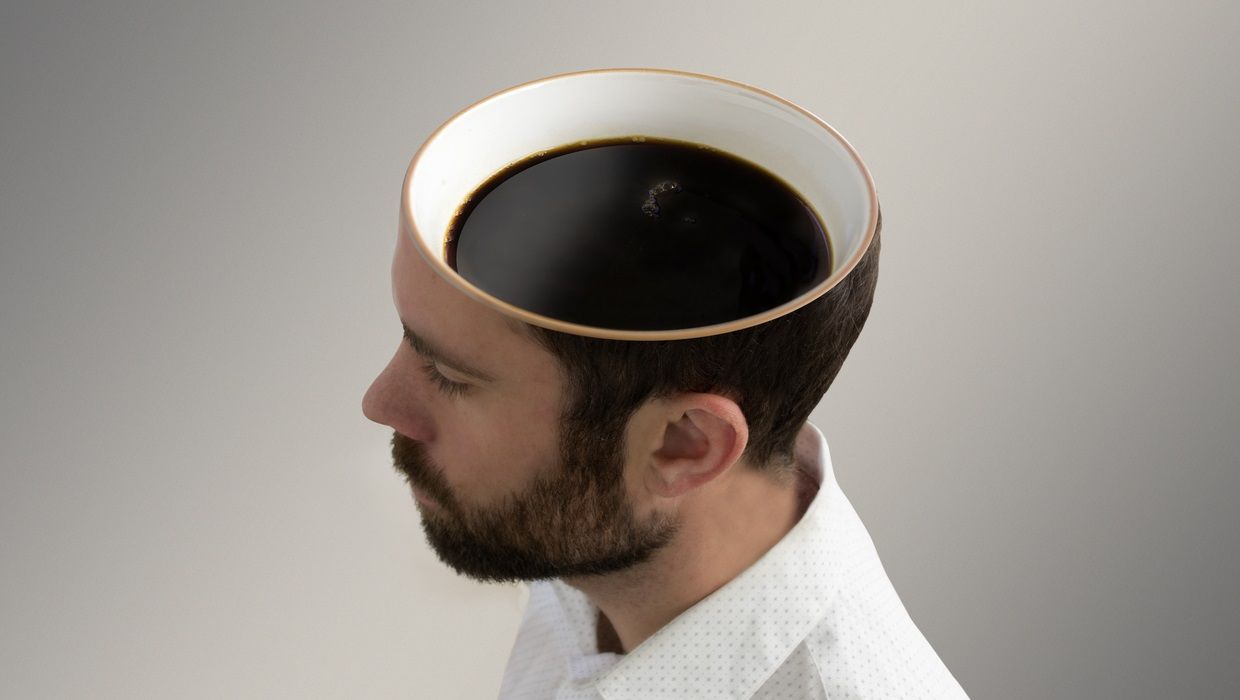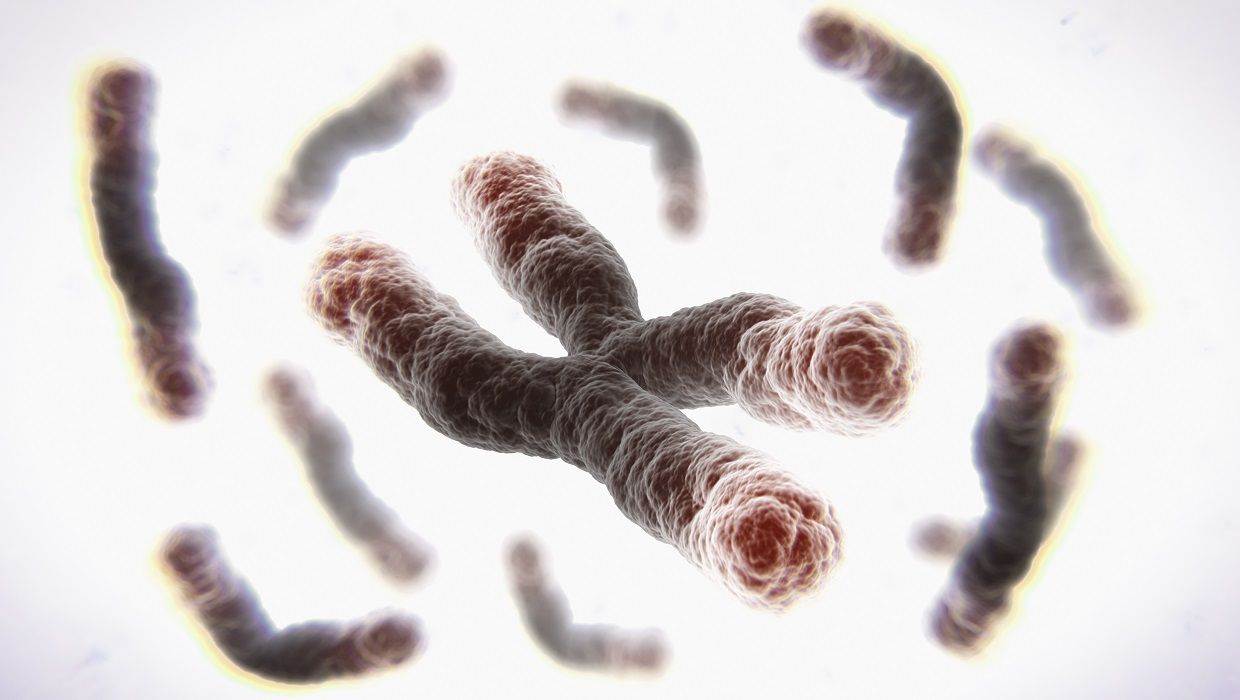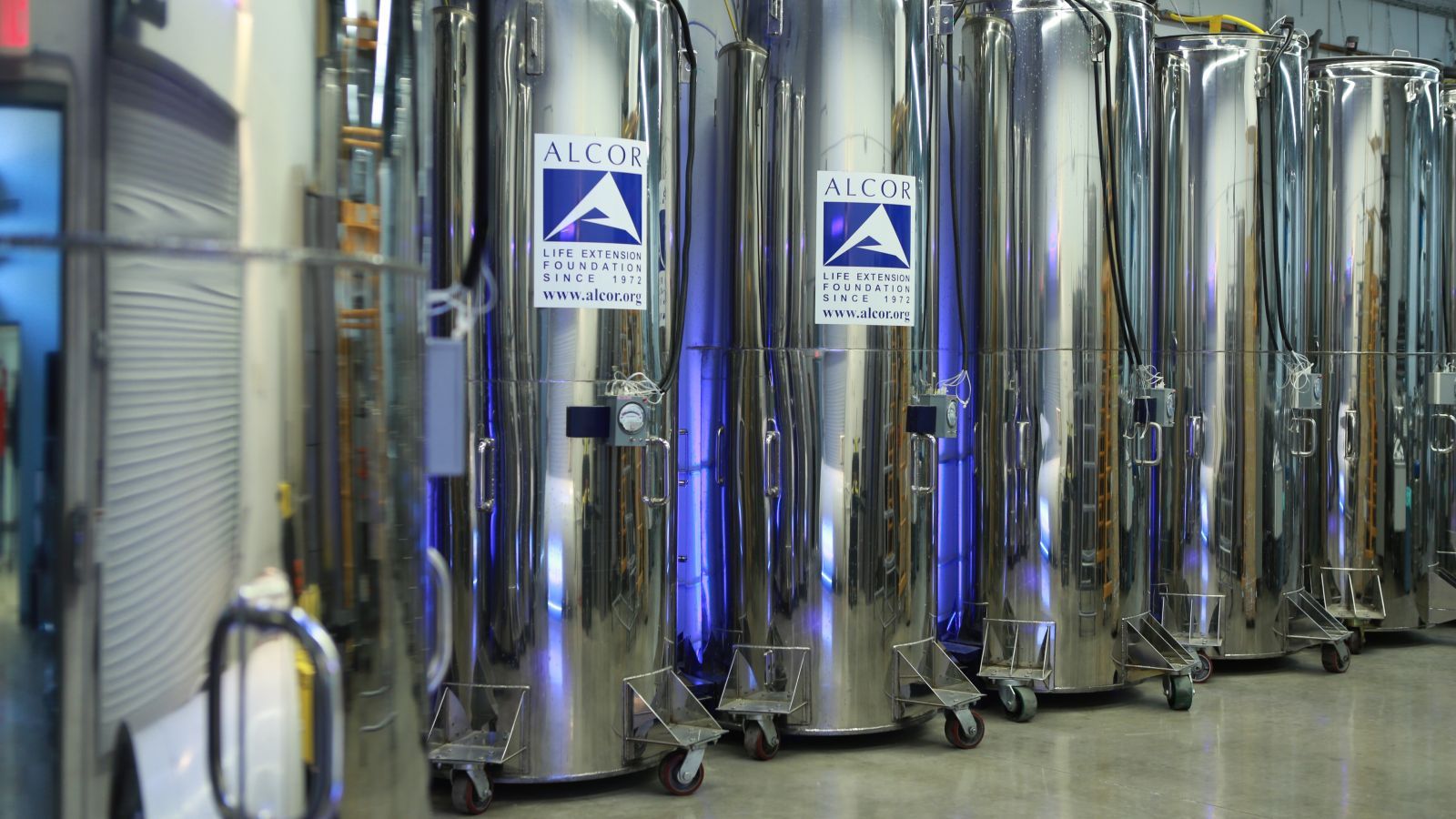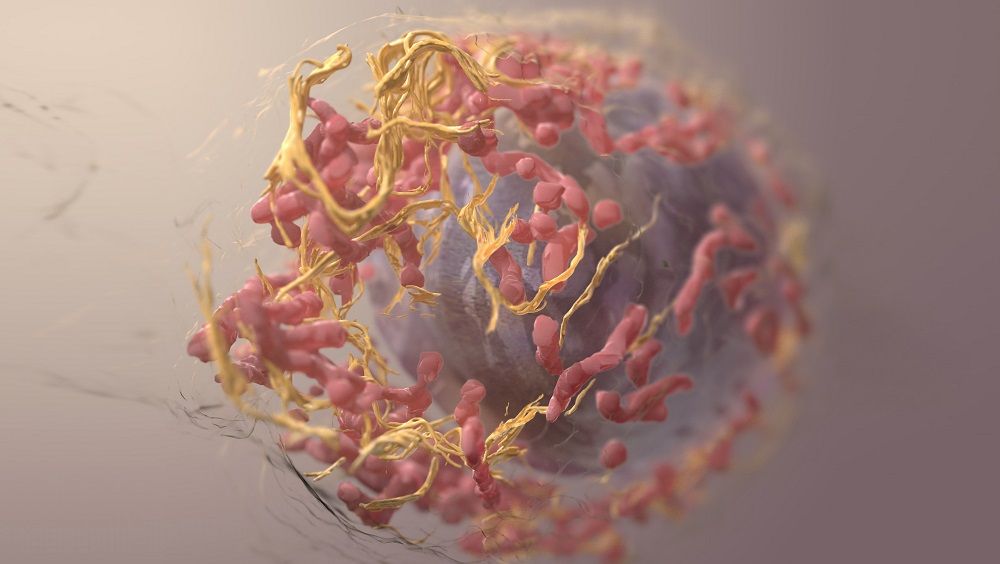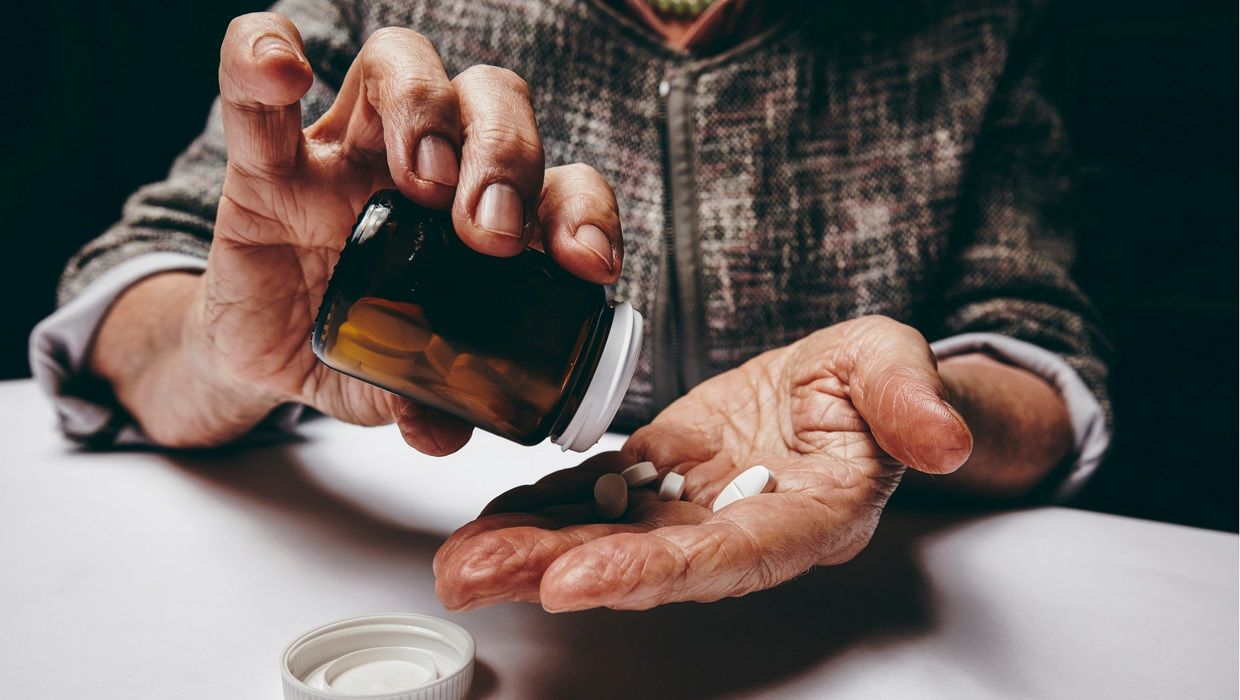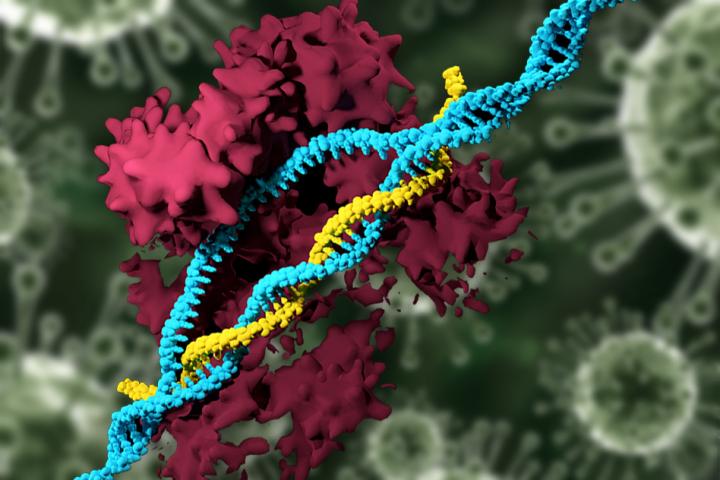Summary: Researchers say coffee prevents Alzheimer’s and Parkinson’s for those consuming 3 cups daily. The brain health benefits of the beverage seem to differ between decaf and regular coffee. [Author: Brady Hartman. This article first appeared on LongevityFacts.com.]
Perhaps you’ve heard the latest news – the evidence on coffee’s health benefits is increasing every day.
In fact, new research shows that coffee protects your brain, and recent studies show that daily coffee drinkers have a significantly reduced risk of both Alzheimer’s and Parkinson’s diseases.
